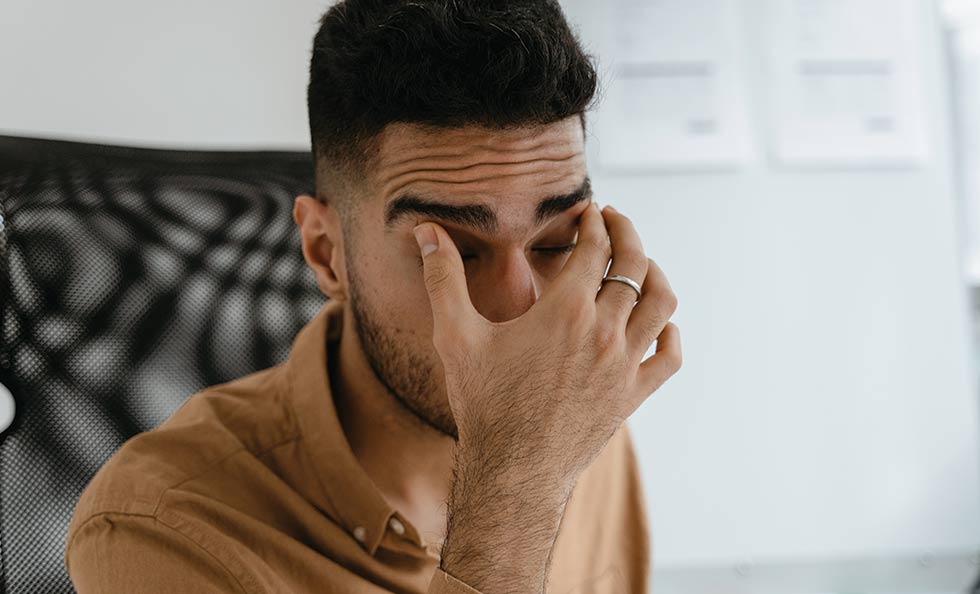How long does it take you to fall asleep? Statistics say that the norm is 7 minutes. Do you toss and turn in bed for a long time? This is a full-blown ailment that has its name – insomnia. It has a tangible effect on your health and well-being. You lose time. You perceive the morning as a local cataclysm. The whole day is haunted by lethargy and fatigue. How do you get into a regime?
Qigong before bedtime will come to the rescue! First, a little bit of theory.
Causes of insomnia and methods of fighting it you must know the enemy in the face! To get enough sleep, you should avoid:
- disruption of the regimen;
- Taking psychotropic drugs, as well as coffee, alcohol, and strong tea immediately before going to bed;
- Overeating in the evening, especially heavy foods;
- mental and physical overwork;
- psychological disorders;
- reading, smoking, and playing games in the late hours.
These are the main reasons why it is difficult to fall asleep at night. The root of the problem has been solved, but what to do next? You can, of course, take sleeping pills, but I don’t recommend doing that. It’s scary to even look at the list of side effects. It is better to do soothing exercises. It is pleasant and useful.
How to get a good night’s sleep: Exercises against insomnia
1. Stand with your feet shoulder-width apart.
Your back is straight and your knees are slightly bent. Slightly move your pelvis forward. Transfer the whole body weight to your feet, so that you feel light in your shoulders. Raise your hands to the level of your hips and cross your palms. There must not be any tension!
Inhale deeply and exhale. Then smoothly raise your arms up, bending your elbows. The shoulders do not take part in the movement. Have your hands reached the level of your face? Separate them and turn your palms out so that they are facing your face. Continue to lift. The hands should remain in the line of sight. Keep your head still! Stop when you reach the “edge.”
Inhale. Slightly bring your legs together so that they take on a more natural position. Stand on your tiptoes and stay in this pose for as long as you can. Can you hold on for 10 seconds? Great result! Exhale and touch the floor with your heels again. Smoothly return to the starting position: bend your knees, lower your hands, and cross your arms.
2. Have you mastered the first exercise?
Move on to the second exercise. We can call it an expanded version. After standing on tiptoes, lower yourself down and put your palms behind your head. Place the fingers on the neck, joining them in a lock. Try to pull your elbows back as far as possible. Breathe in. Feel all your muscles stretching?
As you exhale move your index and middle fingers to the temples. Combine your thumbs with your little fingers and ring fingers. Inhale again. Gently massage your temples in a circular motion. Breathe deeply. “Use your thumbs to palpate the areas near the outer corners of the eyebrows. Repeat the process. Complete the exercise.
The starting position is sitting up.
As you inhale, begin to lift your shoulders. As you exhale bring the shoulders down. Now imagine that your body is a pendulum. Move your whole body in a circular motion. A common mistake among beginners is unnecessary work on the neck and head. Allow them to move along with your spine, rather than remaining straight. Fold your palms into a boat shape and make “circles” on the upper half of the sole.
Self-Massage
Qigong massage practice before bedtime for insomnia is combined with exercises or done separately. The technique is often used directly in bed. Before each step, rub your palms vigorously. They should become warm. Each movement in one direction is repeated 30 times unless otherwise noted.
1. The first step is to work on your face.
Pretend as if you are washing something off your skin from top to bottom. Repeat this five times. Now touch the area between your eyebrows with your middle and index finger and make circles. Change hands and repeat. Massage your temples back and forth.
2. Moving on to the ears.
Using your thumb and forefinger, grasp the side of the pinna. Gently massage along the outer arch, first from top to bottom and then backward. Now work on the lobes.
3. Continue downward.
Relax the neck. First work on the points just behind the earlobes. Using your index fingers, massage in a circular motion to both sides alternately. Gently move to the shoulder muscles near the neck. They should knead. Do not try to put all the force, medium pressure is enough.
4. The next “station” is the abdomen.
You will have to lie down and slightly bend your legs. Massage the abdomen with circular movements. With the right palm in a clockwise direction, with the left – counterclockwise.
5. The last part is a foot massage.
It is advisable first to take a bath or at least steam your feet. This in itself will relax and prepare you for sleep. This will improve blood circulation. The starting position is sitting. Rub the soles. Do it diagonally: with your left-hand work on the right foot and vice versa.
*These articles are for informational and educational purposes only and are not intended as a substitute for professional medical advice, diagnosis or treatment. Always consult your physician for any questions you may have about your medical condition.





